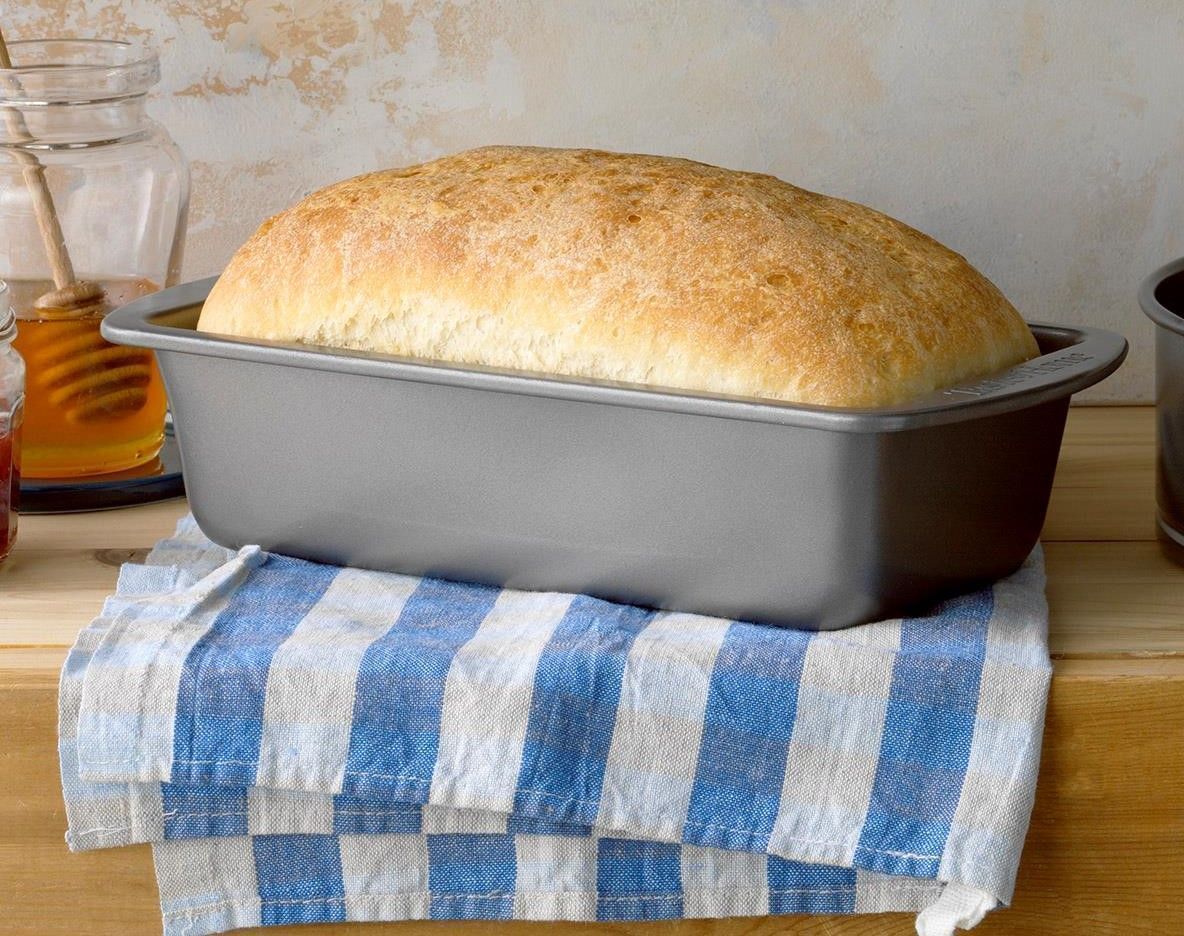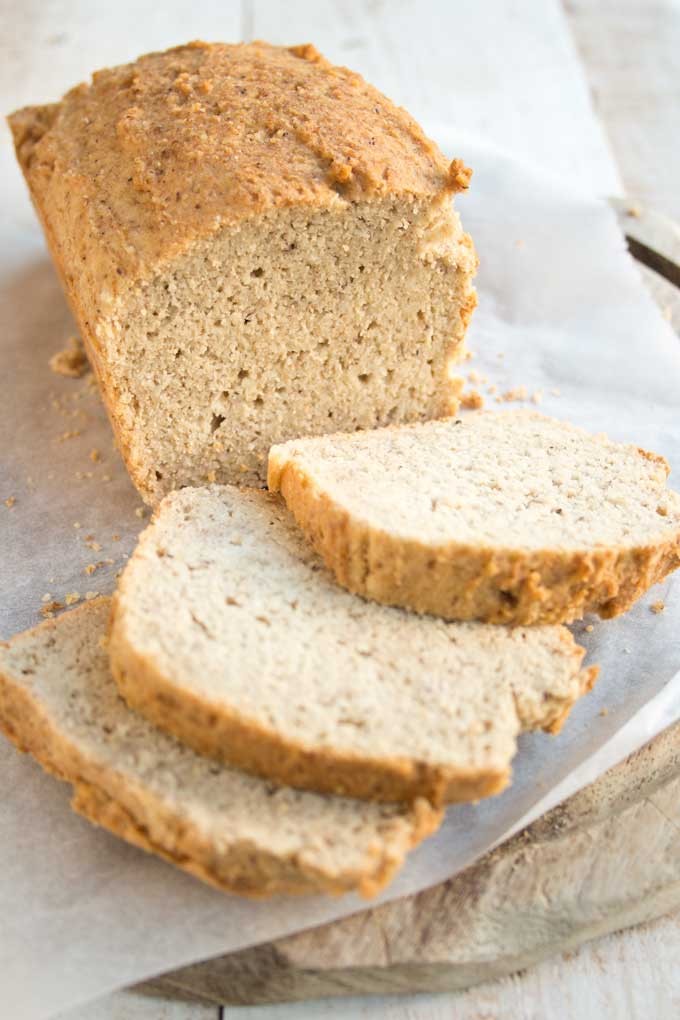YEAST, BAKING POWDER, GLUTEN... BAKING 101

During this period when making bakery products at home is very popular, we got some questions about the additives especially in the dough mixes and decided to write this article. We hope it will be an informative summary for the confusing details.
When we talk about bakery products, the most important criteria are the swelling (volume) of the dough, the crust (crunchiness) of the product and the internal structure (moisture and pores). These properties vary depending on the both raw material used in and way of cooking. But nowadays, thanks to baking powders, ready-made bread or cake mixes and fast-acting (instant) yeasts developed for use at home, we can make bakery products easily. Some of these mixes contain yeast, some of them baking powder. There are also gluten-free product mixes. So, what are the differences of these products according to their contents?
As we know, yeast is a living food ingredient. By using sugar in the environment, it produces carbon dioxide, alcohol etc. and we can use them to make foods like beer, bread, yogurt, wine, sauerkreut and kefir. This process is called fermentation. Fermentation is a sensitive process that requires special conditions, so it is not the fastest and easiest method to get good results all the time. Besides, the benefits of fermented foods to the intestinal flora and hence to human health are also known. This is one of the reasons why fermented foods are still preferred despite the challenge.
On the other hand, we can also make bakery products with chemical ingredients (baking powder) without yeast. Creating volume in baking, is simply the expansion of the gas in the dough and can be accomplished by chemical reaction with the appropriate cooking time and temperature. When you use baking soda, an acid-base reaction occurs and creates gas. To prepare conditions for this reaction, it is sufficient to have only heat and water in the environment. For this reason, we can also provide a volume in flour-free and sugar-free mixes. For example, the image on the side is a bread made with baking powder from almond flour.

So what does flour matter?
An important feature of the flour we know is that, the protein it contains (gluten). Gluten provides the flexible structure of the dough, that is, elasticity. Since gluten-free bakery products do not contain this protein, some process aids are used. The main purpose here is to ensure the dough's elasticity and thus to hold the gas inside (for volume).
In gluten-free bakery products, thickeners such as xanthan gum, guar gum, cellulose gum or baking enzymes are used. When these are not used, volume cannot be achieved at the desired rate (the inelastic dough makes it difficult to keep the gas inside) and you get a texture that is very hard on the outside (crumb) and sticky - uncooked inside.
Another question was about the vitamin C used in industrial bread making, which is also called ascorbic acid. Why is vitamin C added into bakery products?
In industrial production, ascorbic acid is used to increase the oxygen holding capacity of the dough. In other words, due to the more effective performing of yeast during kneading and before cooking, it can be obtained better crust formation and internal structure with smooth porouses. But its main purpose is to prolong the shelf life of the dough which is not a great importance for home made bread. Therefore, adding vitamin C will not provide an extra effect if you are making at home.
Finally, since we wrote this article, we would like to share a different method that you can apply while making bread at home. Making a nice bread is directly linked to moisture during baking. For this reason, you may know that you need to warm the oven before you put your bread in the oven and also put a cup filled with water in it. Another method is to put ice in a metal pot in the heated oven instead of water and cook the bread. Because the density of the water vapor that the ice will evaporate is higher. In this way, you can get a darker crumb and a softer inner structure.

However, we still do not recommend consuming foods that are too dark. Because this reaction, called Maillard reaction, may result in certain components (acrylamide) known to be carcinogenic. We wish you healthy and delicious days!
